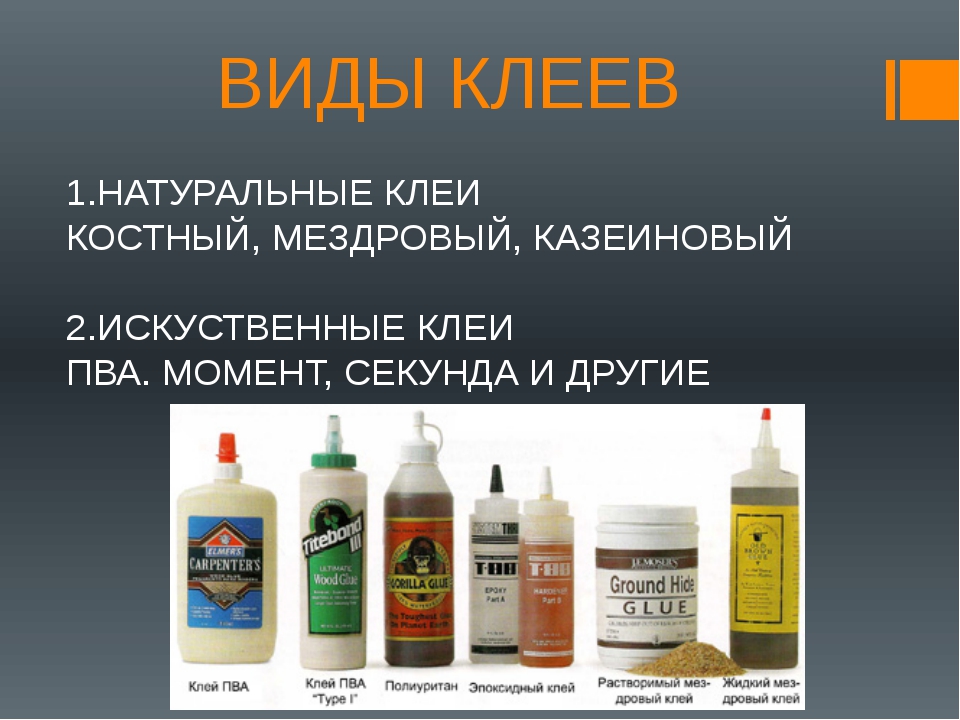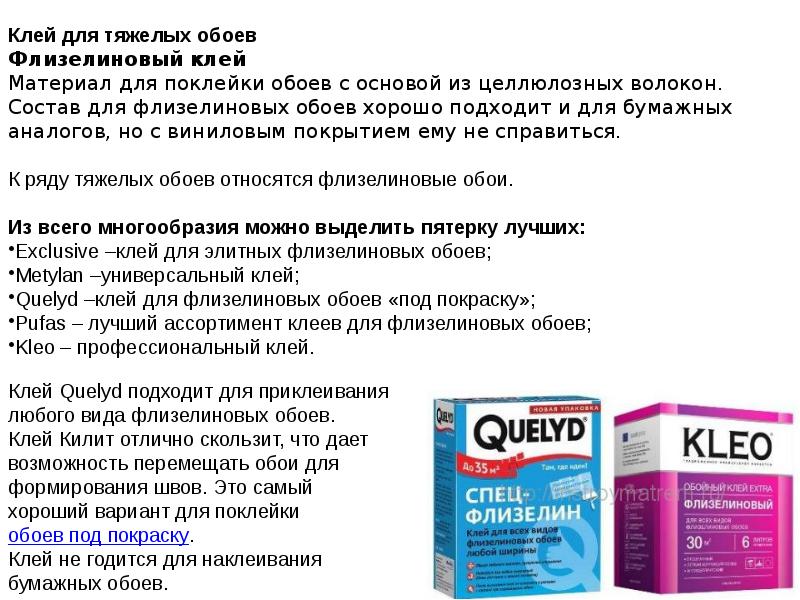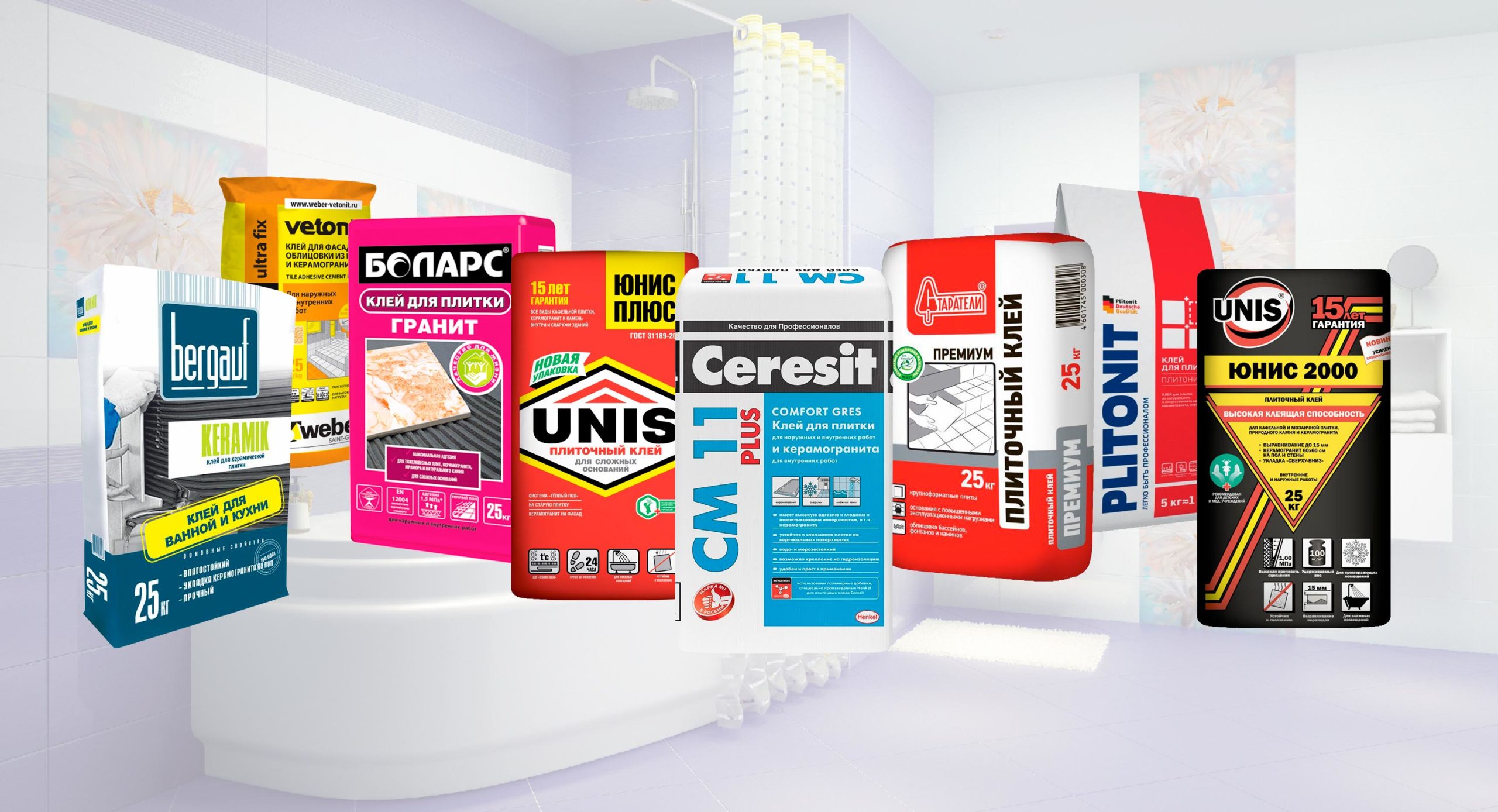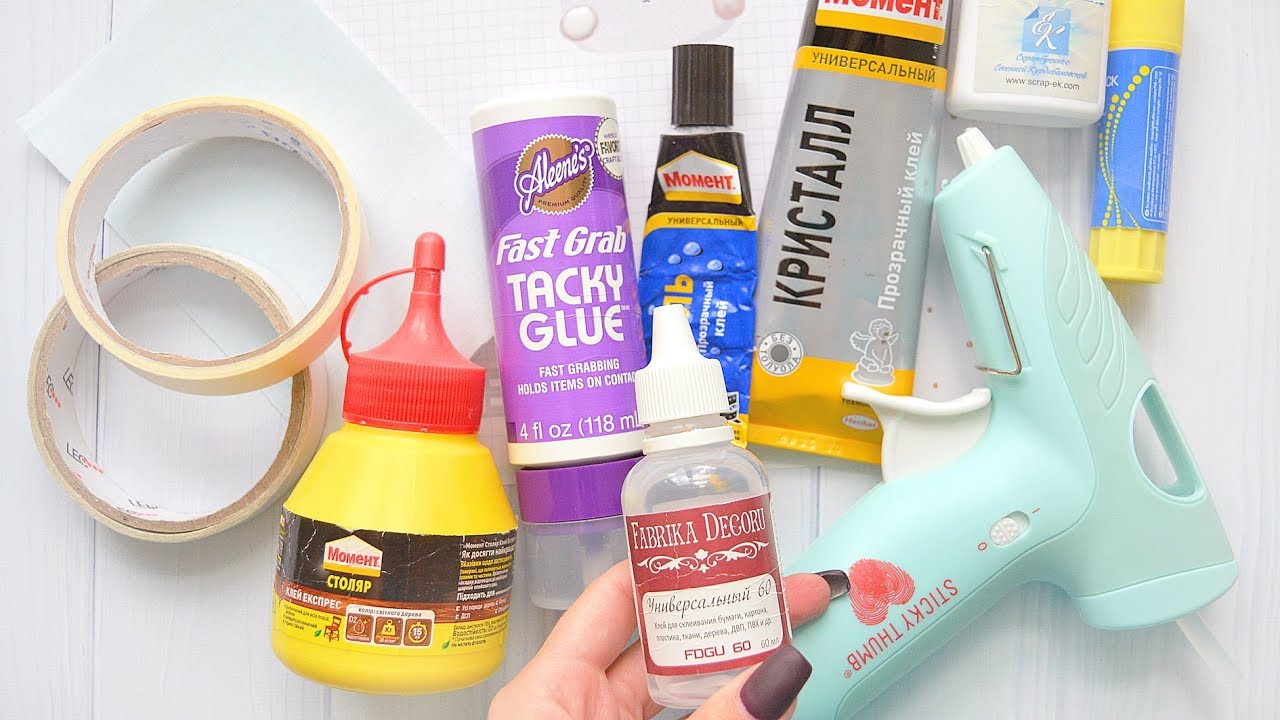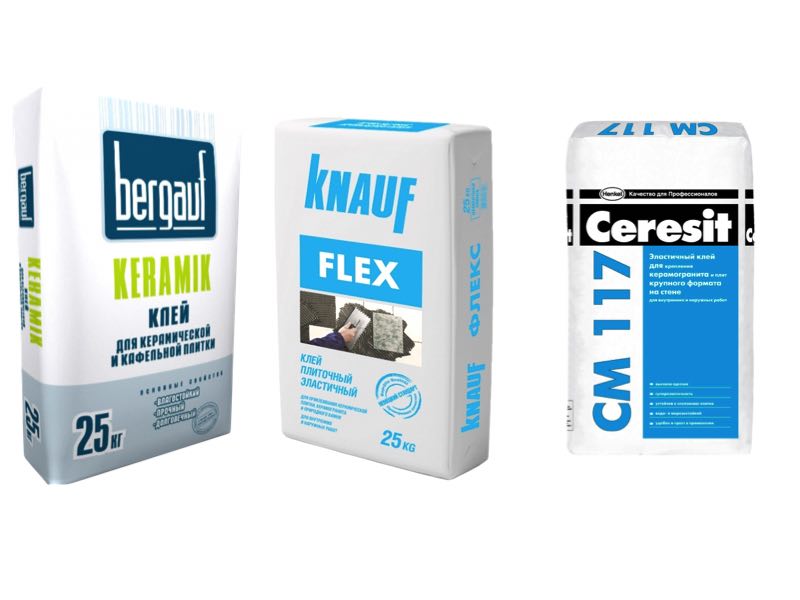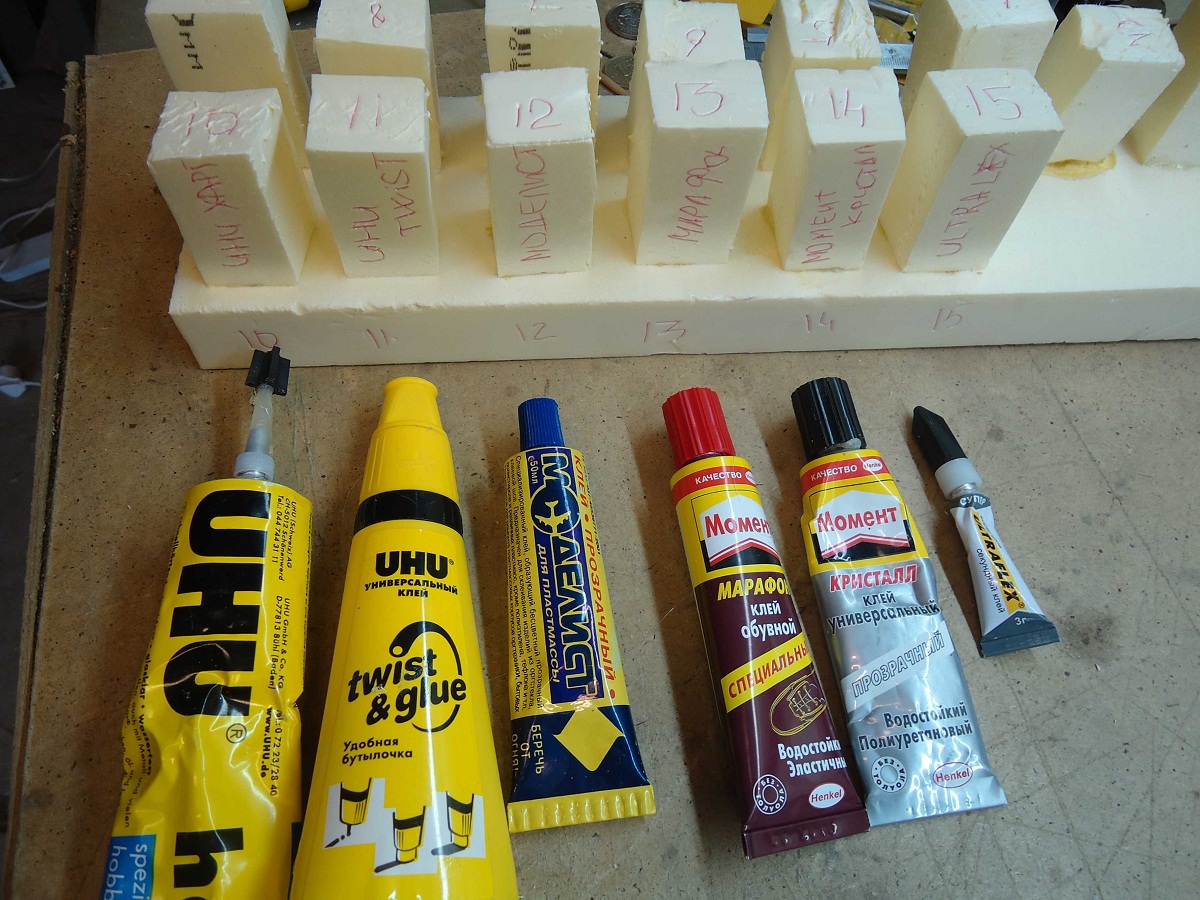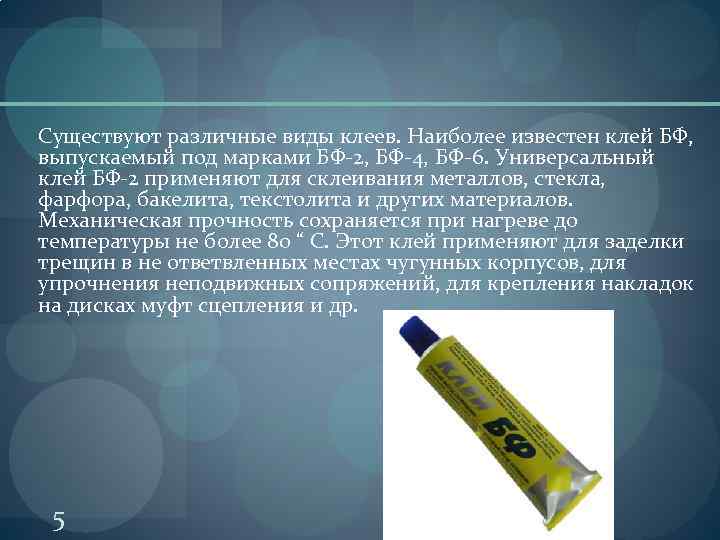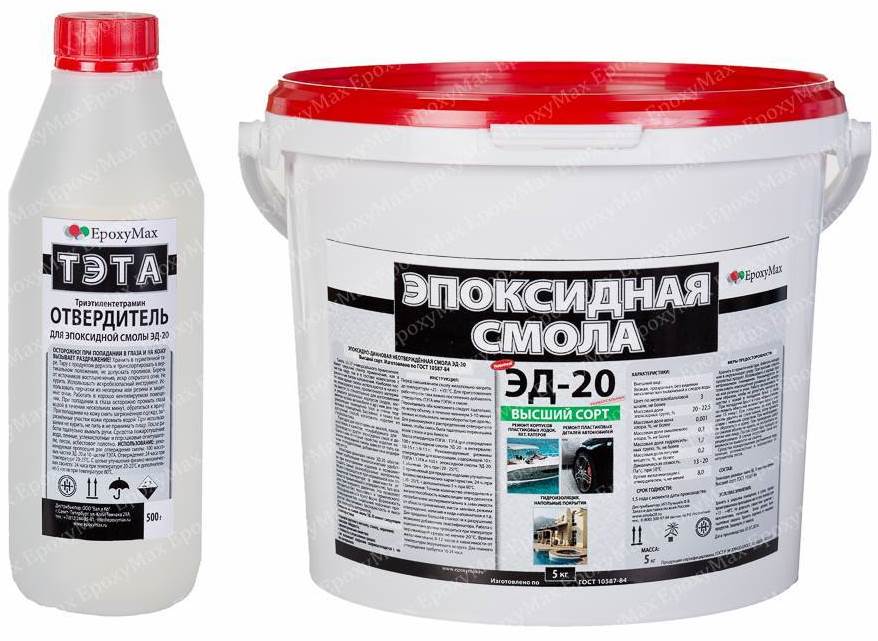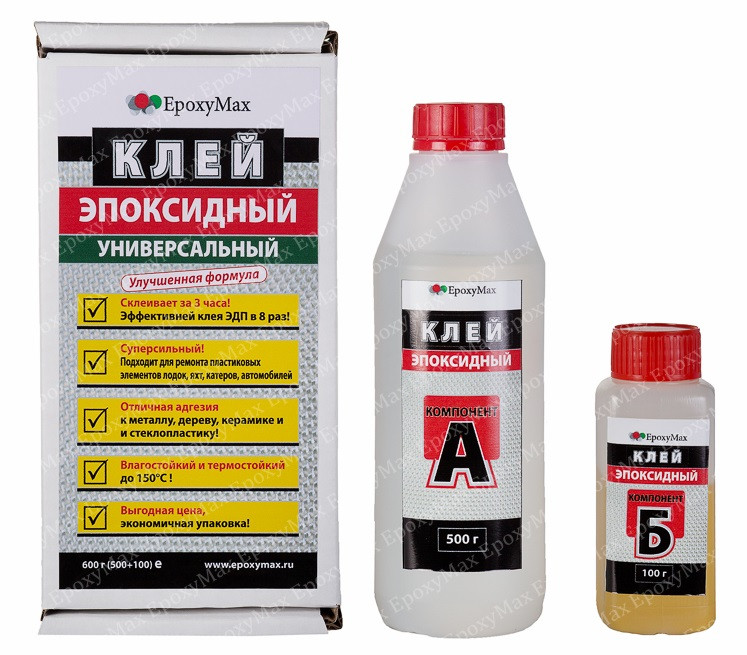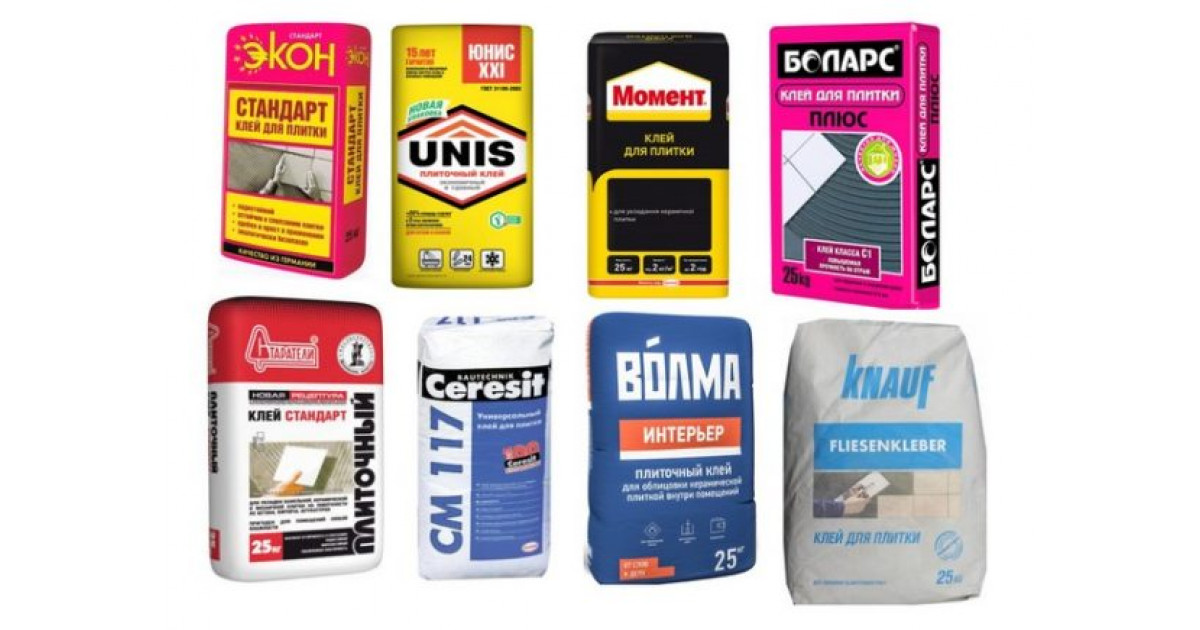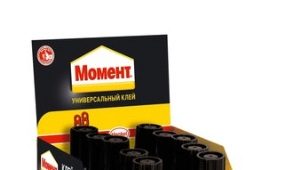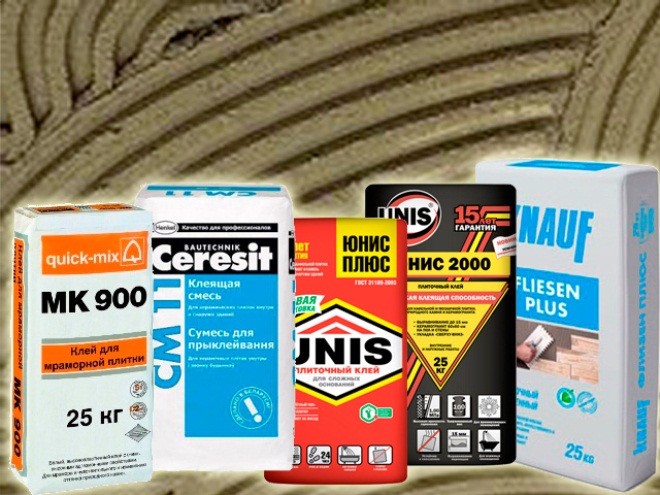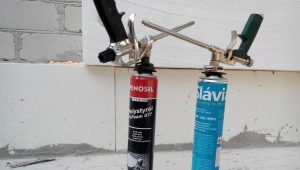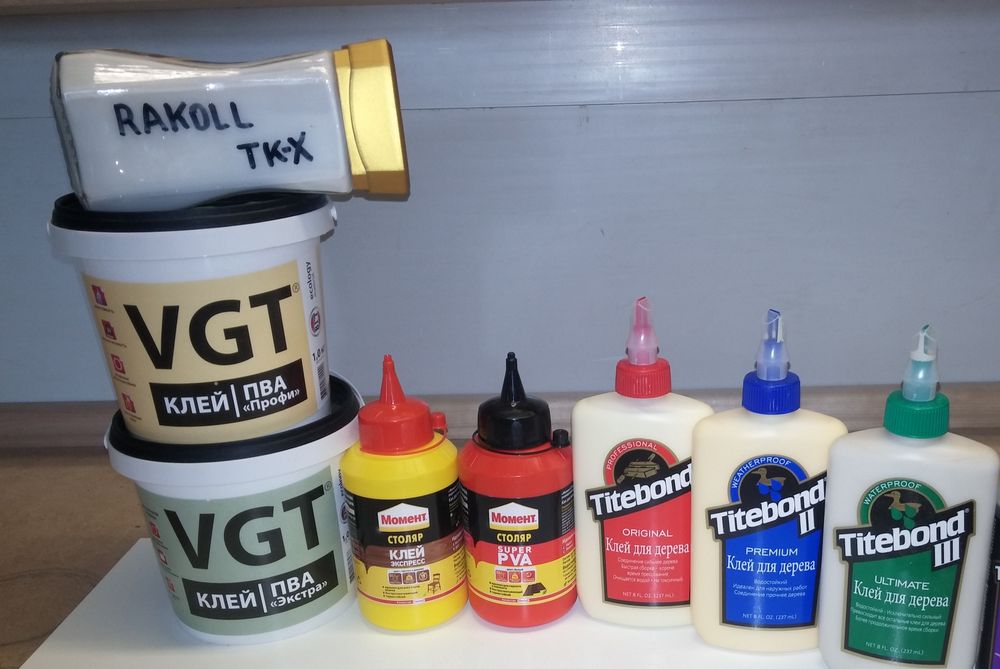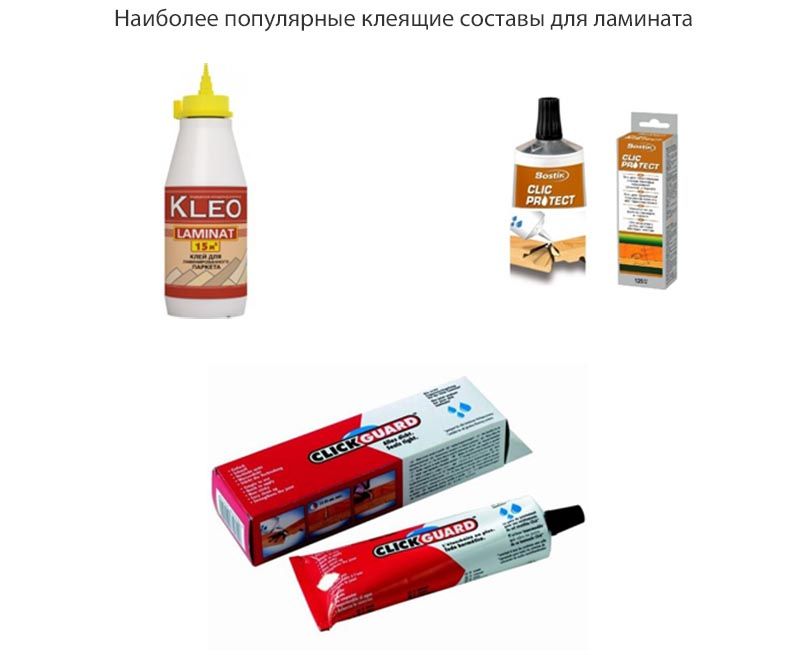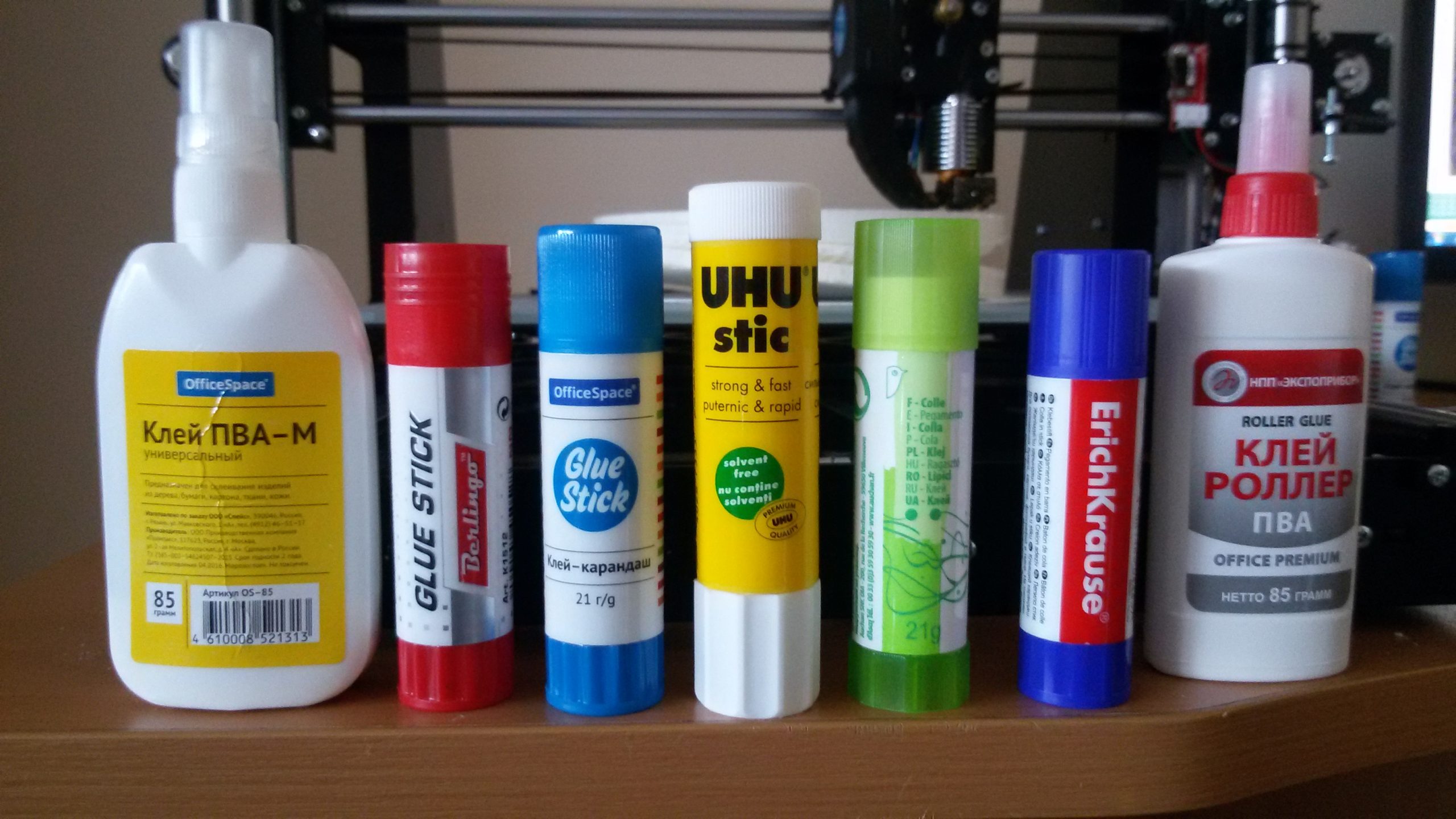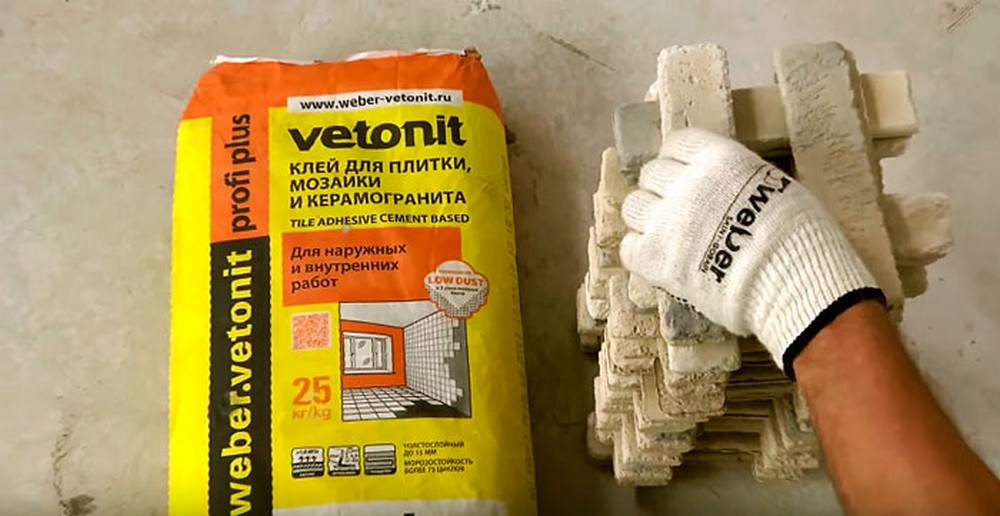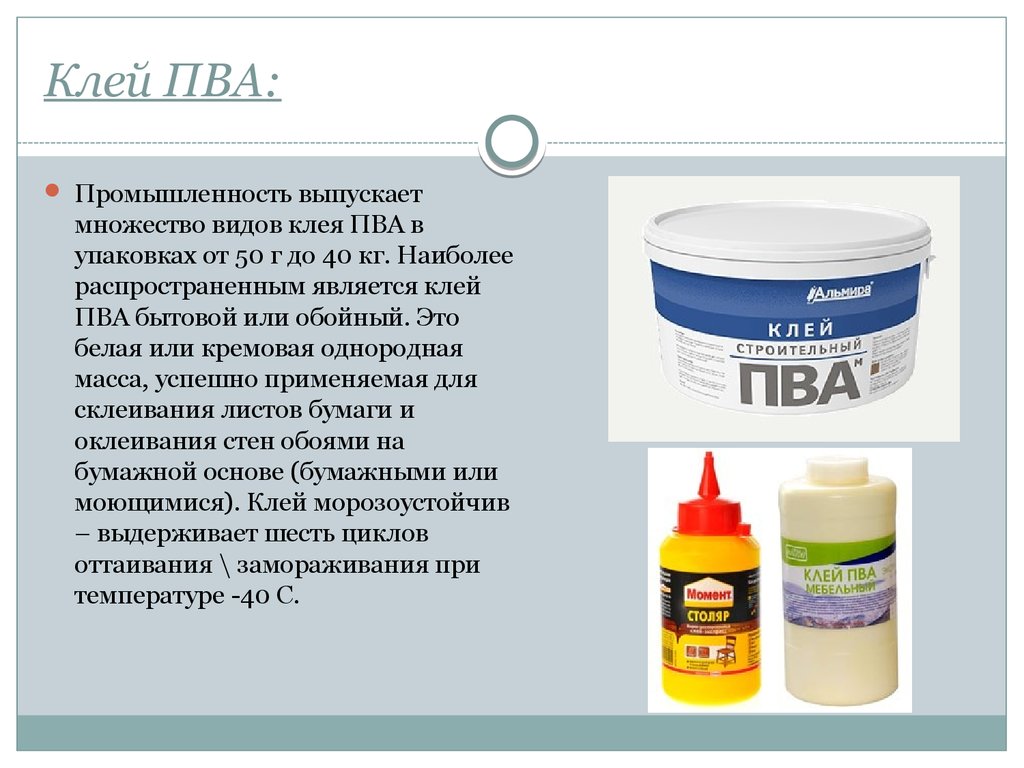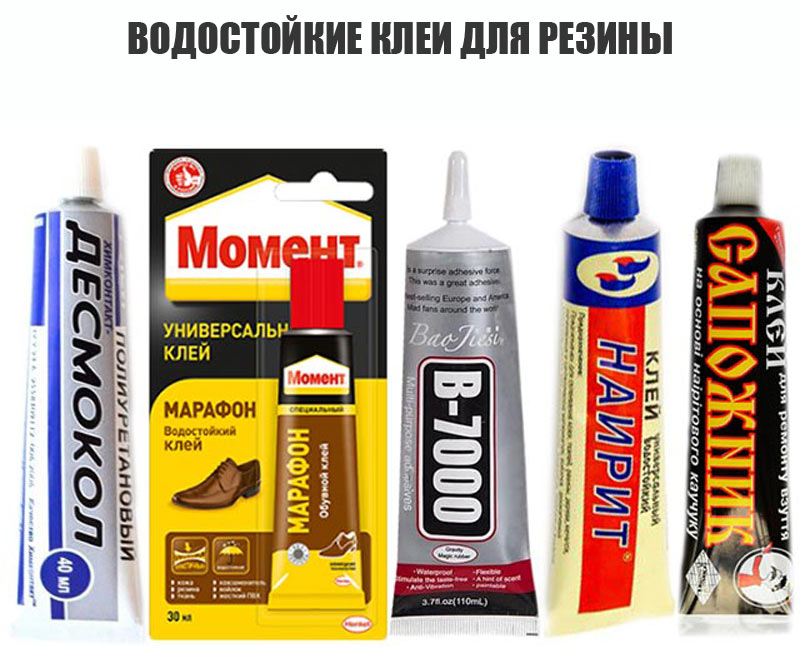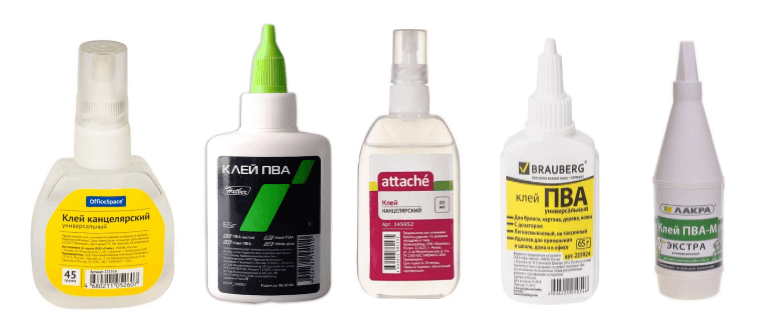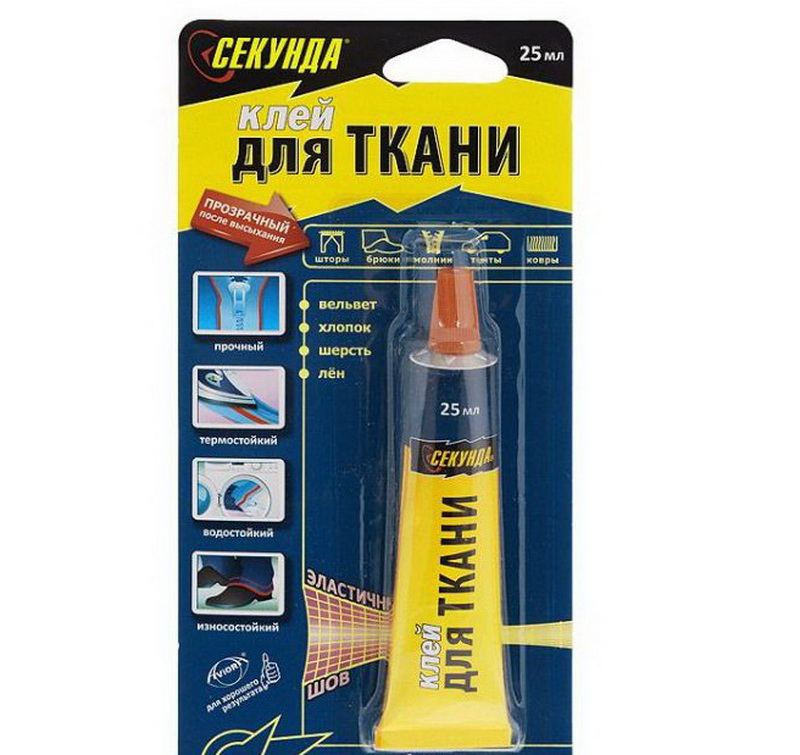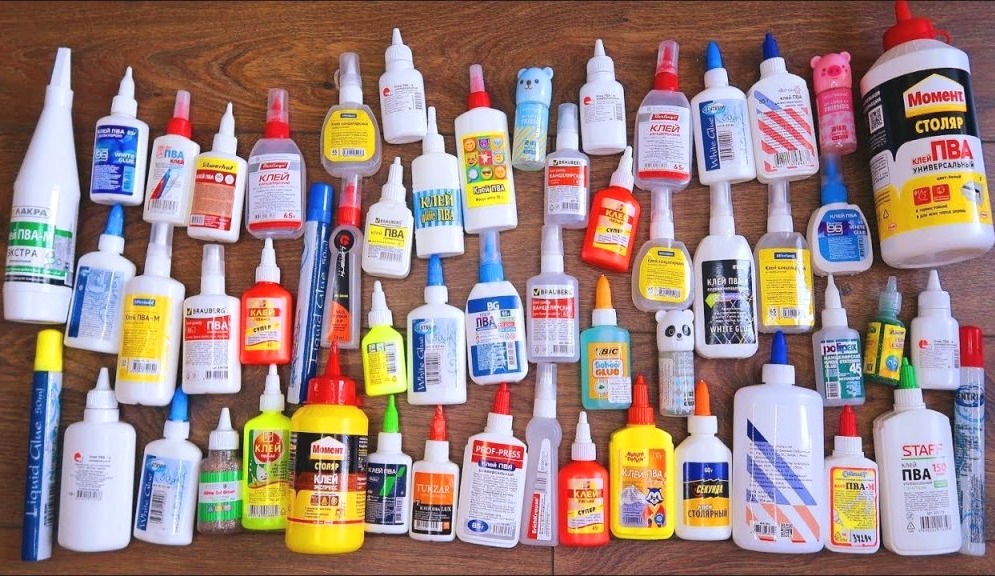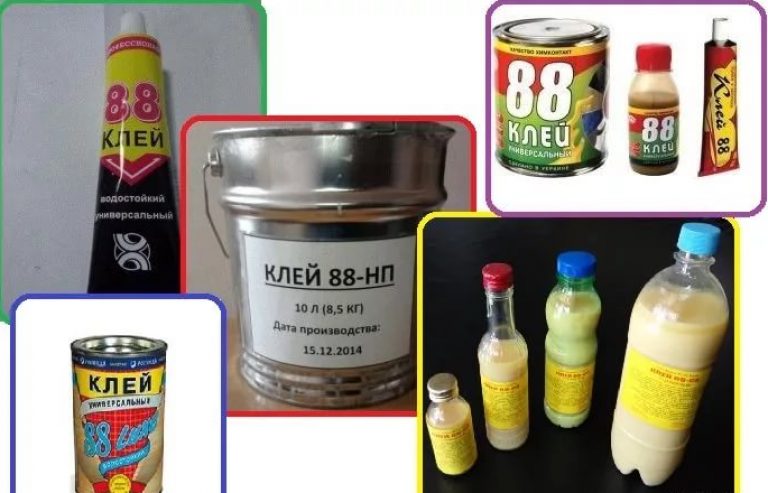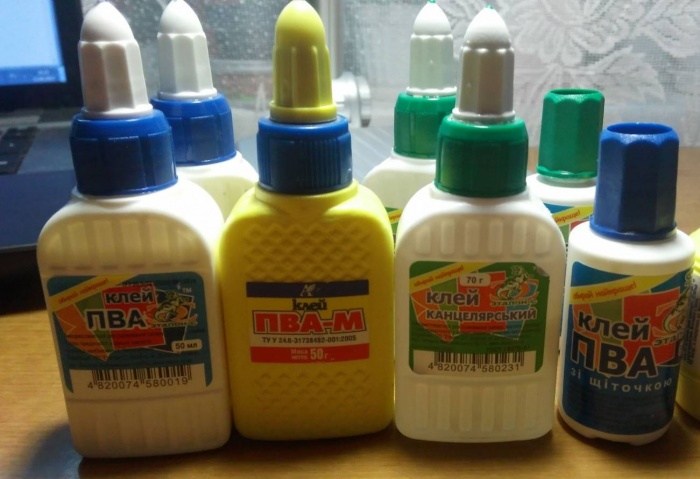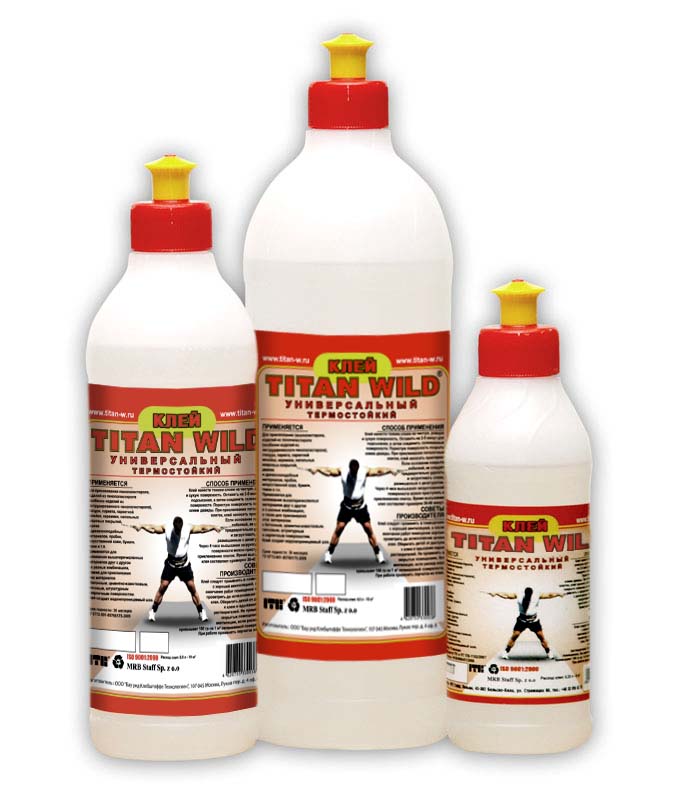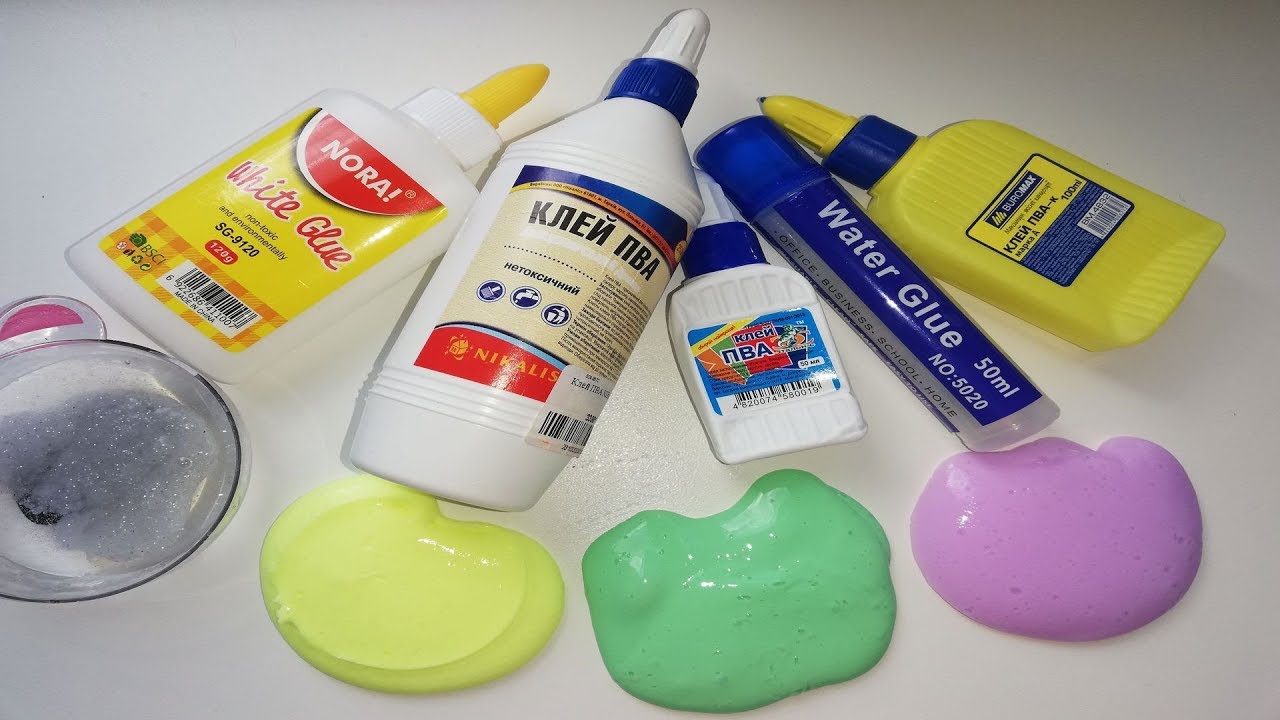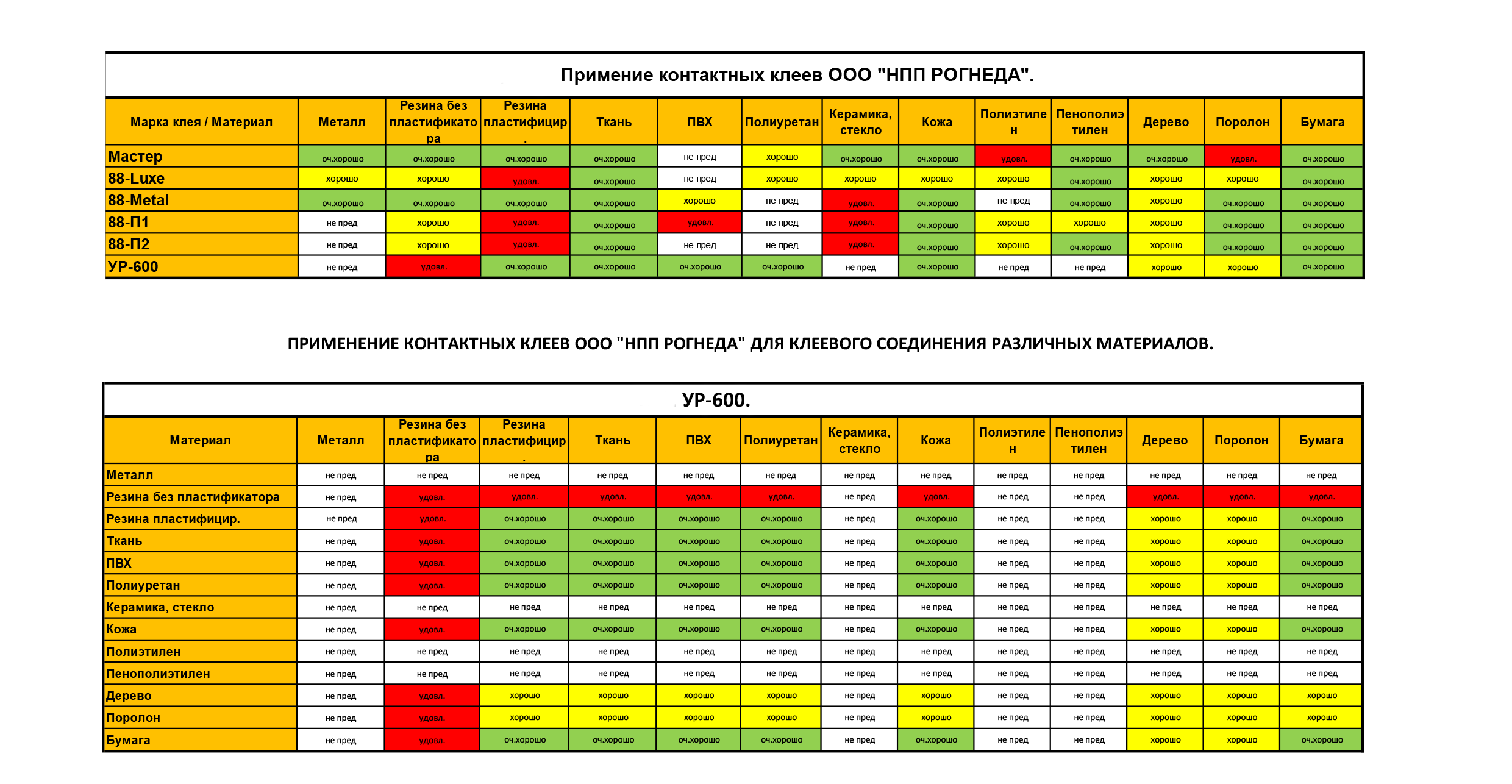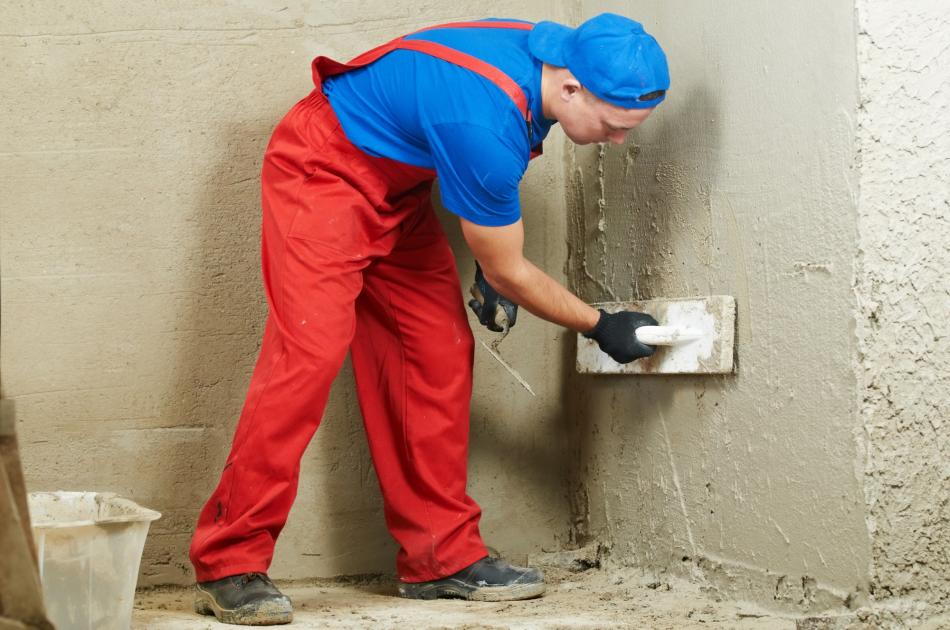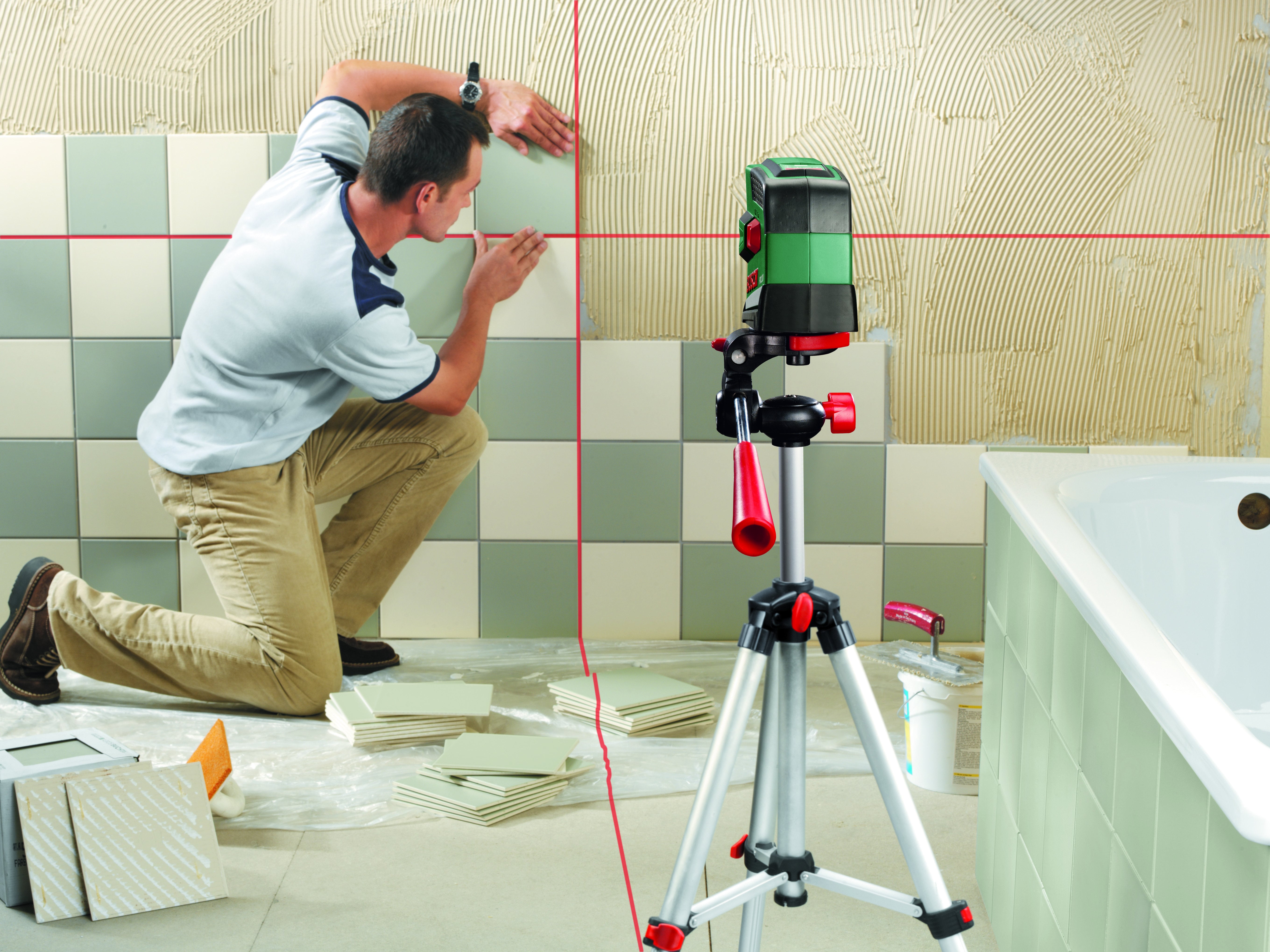Classification by characteristics
In order not to be mistaken when choosing wallpaper, you need to have an idea of what they are in general. Let's start with a general classification according to various characteristics and characteristics.
The first thing to decide with is how much the finish should "be on friendly terms" with water and how often it will need to be washed. On this basis, they are:
- Conventional, which endure dry cleaning - with a vacuum cleaner with a soft brush. In the most dirty areas, you can wipe it lightly with a damp sponge. But no more coarse impact - they will break. Basically, this group includes paper wallpapers, as well as some types of acrylic (which are cheaper).
-
Waterproof. Cleaning is possible with a cloth and sponge, but without much diligence. It is allowed to use diluted liquid detergents. Such processing is permissible a limited number of times.
- Washable. This type of finish can be maintained using brushes. In particularly dirty places, it is allowed to use non-aggressive liquid detergents.
- Super washable (abrasion resistant). Moisture resistant wallpaper that can be washed with a brush and detergents. These are mainly vinyl of various types and some others - from natural components.
This characteristic is displayed on the label of each roll in the form of a graphic icon - a wavy line (see the photo).
Next, it is worth deciding on the resistance to burnout. It is no secret that some materials and paints change their color on surfaces illuminated by the sun. For sunny rooms, it is better to choose a wallpaper that is resistant to fading. In rooms with windows facing west or north, this is not so critical
For those without windows (corridors, bathrooms, toilets, etc.), this does not matter at all. This characteristic is also displayed on the label with a sun pictogram (pictured below)
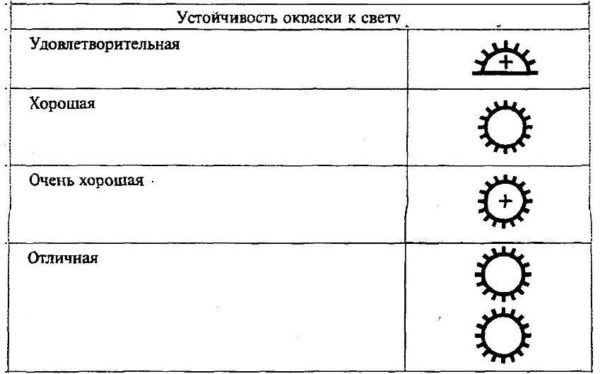
Resistance of wallpaper to fading - graphic designation
Fitting the pattern can also be important. Some colors do not require any pattern selection and offset (monochromatic). Others require displacement, and by different amounts. The offset increases the consumption of finishing material. This information is also indicated on the label using pictograms.

Fitting the pattern for wallpaper is depicted using pictograms
All types of wallpapers are supplied with an insert-instruction on which these data are displayed. There are also images that show how the glue is applied. The method of deletion is also displayed - they are removed in whole or in part. Next, we will consider the types of wallpaper - what they are made of, which ones have advantages, disadvantages, scope.
Is it worth worrying at all?
Just imagine for a moment: in one room you lay a floor made of natural wood and cover it with a special environmentally friendly oil, and in the second - a floor covering, which is only partly wood shavings, and the rest of its contents are some then rubbish, generously filled with glue. But in the end, both rooms will look beautiful. But after a few years and even months of living in the second room, you will notice some kind of incomprehensible cough, kidney problems, constant headaches and chronic insomnia. If this room is not a bedroom, but an office, then all the same there will be no mood to work in it.
A couple of years ago, domestic ecologists decided to measure air pollution in the forest, at the ring road and in a simple metropolitan apartment. The results were amazing: it was in well-furnished modern housing with vinyl wallpaper and a beautiful laminate on the floor that there were many times more toxic substances than on a busy highway
That is why it is so important, when creating your own corner of comfort, to make it as safe as possible for health, especially when it comes to the younger generation.
Formaldehyde is also dangerous for our body, which is released especially intensively when heated. Have you installed a cheap laminate on a warm floor and started to get sick? Perhaps it's just a matter of repair. And if you still used glue, and didn't really choose which one - what can you do.
There is another danger that few people know about: melamine is often used in the manufacture of cheap laminate. These are crystals without color, which are sometimes added to some types of varnishes and glues. Thanks to this chemical, the laminate becomes more shock-resistant and waterproof, but there is much more of it in a cheap laminate. Which is much worse for health.
It may come as a shock to you that even natural wood can be toxic to your home. After all, wood is a living material, like any living material, it is capable of accumulating not only toxins, but also radiation. Moreover, it accumulates continuously all the time while it grows. Therefore, it is dangerous to make floors from plantings near highways, radioactive sites and where garbage is burned. And it's good if you yourself order floorboards from a familiar carpenter and know exactly where he gets them from.
Also note that even the natural resins that wood gives off can be unsafe. For example, pine resin does not spare even carbide soldering on woodworking tools (which carpenters constantly face)
This is why wood floors cannot be considered the most sustainable. And natural wood gives off formaldehyde - albeit in a scanty amount. So, according to the WHO, the natural background of this substance in the air reaches 0.001-0.0005 mg / m.
It is curious to observe the lifestyle and passion of famous interior designers. In theory, their house should resemble a kind of space station in style, and the finishing materials should amaze the imagination with their uniqueness and boldness. But in fact, it often turns out that gurus embody such crazy ideas exclusively in their projects for other people's homes, offices and places of entertainment, and create home comfort in a completely different way. Usually this is some kind of old style, country or even hand-made down to every little detail. And the bedroom of one of the designers is especially surprising: stone walls, a real fireplace and a floor made of clean raw boards. Why is that? Because in such an environment it is much easier to live, breathe, and create.
Acrylic Wallpaper
To be precise, this is acrylic-coated paper wallpaper. The polymer is applied pointwise, without completely covering the base, therefore it happens only with a textured surface. This practically does not affect the number of colors, but on the weight it is quite strong. Acrylic canvases are not as heavy as vinyl, which is why not as thick glue is used. Thanks to the spot application of the polymer (it itself is airtight), this type of finish can be classified as breathable, therefore this type of wallpaper is often used in residential premises.
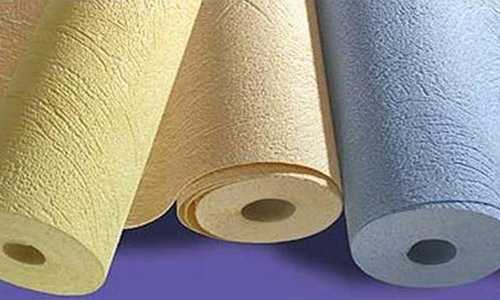
Acrylic wallpaper is a paper base (usually colored) on which acrylic is dotted
Partial coating of paper with acrylic slightly increases its resistance to washing - they belong to the category of water resistant, resistance to fading is average, as well as the price category. They are glued according to the same principle as paper ones - both the wallpaper and the wall are spread with glue; the difficulty of gluing is medium. Problems can arise if the acrylic coating is too soft - you press a little harder and it peels off. Then they behave in the same way in operation - the spraying can be removed by accidentally hitting something hard. Even with a fingernail. This does not apply to all types of acrylic wallpaper, but there are some. In general, not a bad option, but not great.
BOCHEM Bonikol MG
This option cannot be used to fix the sole and other parts of the shoe that are under heavy load. It is recommended to use a composition for restorations. The product is rubber based, therefore ideal for leather, textiles and decorative applications. In addition, this look is perfect for boots and other rubber shoes.
Pros:
- The composition is non-toxic, therefore, an unpleasant and pungent aroma is excluded during operation.
- After complete drying, an elastic layer appears, which is not subject to destruction during the wearing of shoes.
- It is not exposed to solvent, but it is not recommended to expose shoes to water for a long time after repair.
- Perfect for sealing.
The main disadvantage of the product is only in large volume. The sale is carried out in cans, in which the minimum amount of glue is 0.7 liters.
The best wallpaper glue in 2019 - choosing the most profitable and high-quality options
Here we come to the culmination of our little research. This section was created specifically for those who want to find the best product samples on the domestic market. Join us!
Wallpaper glue EKOKLASS Drilling
The starter choice for just about any decorating beginner. Extremely cheap, practical and easy to use. You should not, of course, expect great results from him. But in his category he is the best!
| Compatible wallpaper | Water consumption per m², l | Glue consumption per m², kg |
| Paper | 13 | 0,14-0,19 |
Homius Editor's Score: 7.7 / 10
Wallpaper glue EKOKLASS Drilling
Wallpaper glue Lacra Universal
PHOTO: zapsibregion.rf
A more "versatile" sample from a Russian manufacturer pleases with a democratic price tag and more than acceptable indicators for its category. Not perfect, but great choice for standard household needs.
| Compatible wallpaper | Water consumption per m², l | Glue consumption per m², kg |
| Paper, vinyl | 20-25 | 0,16 |
Homius Editor's Score: 8.3 / 10
Wallpaper glue Lacra Universal
Wallpaper glue Metylan Universal Premium
We could not ignore the products of the proven and reliable German brand Metylan. The sample we are considering will be the best example for experienced builders. The presence of various kinds of additives (for example, antifungal) in the composition is a significant plus and a noticeable advantage.
| Compatible wallpaper | Water consumption per m², l | Glue consumption per m², kg |
| Paper, vinyl | 20-30 | 0,15-0,18 |
Homius Editor's Score: 8.7 / 10
Wallpaper glue Metylan Universal Premium
Wallpaper adhesive QUALITY De Luxe Premium Indicator
And again we have a nominee from a domestic manufacturer. The QUALITY brand is not so widely known, but its products meet all modern requirements. And in the case we are considering, an indicator is also included in the composition, which will be useful for beginners.
| Compatible wallpaper | Water consumption per m², l | Glue consumption per m², kg |
| Paper, textile, vinyl, non-woven | 22-28 | 0,12-0,18 |
Homius Editor's Score: 9.1 / 10
Wallpaper adhesive QUALITY De Luxe Premium Indicator
Wallpaper glue Quelyd Vinyl Aqua
The French brand Quelyd is also not widely known in Russia. Nevertheless, it is worthy of praise. The sample selected by our editors not only copes with heavy types of wallpaper, but also has increased water resistance. One of the best examples in its class, especially at a bargain price!
| Compatible wallpaper | Water consumption per m², l | Glue consumption per m², kg |
| textile, vinyl | 13-15 | 0,14-0,21 |
Homius Editor's Score: 9.4 / 10
Wallpaper glue Quelyd Vinyl Aqua
Wallpaper glue PUFAS EURO 3000 Non-woven
One of the most high-quality and versatile options (after all, a German manufacturer), and even at a very favorable price. Of course, in terms of overall consumption, it may be inferior to competitors, but an excellent combination of quality and moisture resistance does not leave other products a single chance. Definitely take!
| Compatible wallpaper | Water consumption per m², l | Glue consumption per m², kg |
| Everything except specialized types | 20-25 | 0,16-0,17 |
Homius Editor's Score: 9.7 / 10
Wallpaper glue PUFAS EURO 3000 Non-woven
Non-woven
Nonwoven is a non-woven fiber that is made up of cellulose fibers (sometimes artificial fibers are used). This material has high vapor permeability, conducts air and moisture well, it comes in different densities. Thin non-woven fabric is a fairly elastic material that can be glued to uneven walls. But it stretches too long, which can be a problem. Medium and high density canvases are easier to stick, but practically do not stretch, so the surface should be flat.
Please note that there are wallpapers made of 100% non-woven fabric, but there is only one based on it. Now we are talking about those that are completely made of non-woven fabric, since otherwise their characteristics depend on the second layer
By the way, when searching in the catalog, write "non-woven wallpaper with non-woven coating", otherwise most of the results are vinyl on a non-woven basis, and they have completely different properties.

Non-woven wallpaper with non-woven coating
Non-woven wallpaper has two forms of release - ordinary and "for painting", glued with a special glue based on well-refined starch and / or PVA. They can be smooth, textured, embossed or three-dimensional. They have good performance properties:
- Non-woven fabric, when wet, does not swell from glue or water, does not change its shape after drying.
- The preparation of the walls may not be ideal - due to the density, the material will hide some irregularities, but large indentations-protrusions are unacceptable.
- Can be used in new homes - it does not tear when new small cracks form.
- Slightly reduces the thermal conductivity and sound permeability of walls (for a significant improvement in sound insulation, it is clearly not enough, but read how to improve it here).
Types of shoe glue
All products are divided into several large groups. They are distributed according to the type of adhesive and purpose.
Professionals say that adhesives are now the best way to provide a secure and strong bond.
Depending on the purpose, the following varieties are distinguished:
- Fixing the base. Designed for attaching heels or soles. Possesses high reliability, provides strong fastening of all basic elements.
- Ancillary work. They are used for connection with threads, nails, staples.
- Secondary gluing. For gluing labels and non-essential items. This does not require a high bond strength.
There are also universal substances. They can be used for gluing various materials without loss of quality indicators.
It is also important to take into account the durability of certain components, as well as exposure to external influences - humidity, temperature and other factors.
What is the best shoe glue is hard to say for sure. It depends on the type of product and the specific task.
Also, the glue is divided according to its composition. They all have their own advantages and disadvantages. There are the following varieties:
Universal. A common type of adhesive that is used for a variety of tasks. Suitable for repairing minor damage or major connections of torn elements. Differs in high elasticity and resilience. At the same time, it is not recommended to use it in places of strong bends, since it can quickly break down, which will lead to serious damage.
Combined. The composition may contain various components depending on the requirements of the manufacturers. It is preliminarily recommended to study the instructions. Most often it is used for gluing small parts, nose, insoles.
Nairite. It does not differ in high strength indicators. Mainly used for gluing shoe insoles. Good for joining rubber outsole. It is characterized by resistance to moisture and cold.Cannot be used for pasting polyurethane coatings, as this will only ruin the surface.
Polyurethane adhesive for shoes. A professional composition of high quality. The advantage applies in workshops. When using, do not pour in a large amount of adhesive, as it increases in size during drying.
The product hardens in a matter of seconds, so it is recommended to be careful when working with it.
PVC. Contains resins
They make the composition flexible, which allows you to glue the bending points. It does not differ in high quality indicators. When used correctly, refurbished shoes can last for years. Among the special properties - the glue is distinguished by good moisture resistance.
Pervinyl chloride rubber. Not a strong adhesive. It is used exclusively for joining insoles. The composition is not stable when exposed to low temperatures or moisture. It is recommended to fix the details exclusively on summer shoes.
To choose the best shoe glue for home use, many indicators must be taken into account. You need to decide what you will use it for. This will help you make the right choice.
Correctly chosen glue for shoes will help extend its service life, as well as significantly save on contacting professional craftsmen.
We select glue for wallpaper - how to make a choice, knowing only the main types
Let's say you only know the existing types of glue, have several packages of a certain type of wallpaper and want to choose the most suitable option for your needs. Even with this basic knowledge, you can safely define your product category with an accuracy of almost 100%.
For convenience, we will make a comparison in a table format, since it is she who gives a visual understanding.
| Type of glue | Wallpaper Compatibility |
| Universal (PVA) | Paper |
| CMC | Paper |
| Bustilat | Paper (including heavy), textile |
| Non-woven | Non-woven, paper |
| Vinyl | All except special cases (see next paragraph) |
| Specialized | Fiberglass, natural, special types |
Incorrectly selected adhesive will lead to flaking or staining
Floor coverings and tiles section
When it becomes necessary to glue parquet, laminate or tiles, experts turn to professional compositions of well-known brands.
Tile glue is presented in two categories - glue pastes and dry cement-sand mixtures. When it comes to polystyrene ceiling tiles, a transparent composition based on acrylic or PVA is used.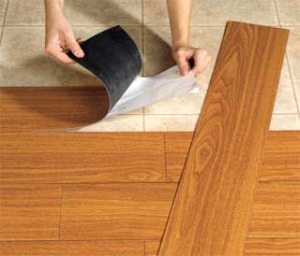 For porcelain stoneware, an option is required for fixing the tiles to the wall or floor. Quite popular with Unis builders.
For porcelain stoneware, an option is required for fixing the tiles to the wall or floor. Quite popular with Unis builders.
There are several types of glue for linoleum, each of them is provided for one or another type of linoleum - commercial or semi-commercial, on a natural basis, homogeneous, with antistatic properties.
There are many companies producing compounds for parquet and laminate. Many people are familiar with Ceresit glue, as well as Litokol, Tarkett, the quality of which has been tested over the years. But in order for even an expensive good squad to cope with its task, it must be carefully selected.
Adhesives for decorative elements can be attributed to a special category. These include skirting boards, decorative stones, plastic, corners and even windows. For their gluing, sealants and polyurethane mixtures are used that are resistant to moisture, ultraviolet light, and aging. They reliably bond metals, ceramics, wood, stones, polymers.
When choosing a composition for a plinth, they pay attention to two main parameters - the neutrality of the content in relation to the colors of the ceiling and walls, as well as the strength of the installation.The glue for plastic should also be transparent, while one composition is suitable for PVC panels, and another for polyurethane panels.As an option for corners, liquid nails are often used, which are easily applied with guns
The glue for plastic should also be transparent, while one composition is suitable for PVC panels, and another for polyurethane panels.As an option for corners, liquid nails are often used, which are easily applied with guns.
Adhesives for windows can be attributed to a separate category, which are produced in several viscosities, and are also supplemented with special stabilizers for UV protection.
The selection of a mixture for a decorative stone should be based on the type of stone - either gypsum-based or cement-based. The most popular dry mixes are Ceresit and Knauf.
Modern manufacturers produce options that are versatile and hold different surfaces together. These include, for example, Cosmophen.
Loctite instant adhesive
In addition to the anaerobic fixative, glue for household needs is sold. The second train is produced in Ireland, and is delivered to Russia ready-made. Product packaging contains information in Russian.
The product entered the Guinness Book of Records as the strongest glue. It is used in many areas, connecting not only surfaces, but also threads, bushings.
Experts conducted an experiment that made it possible to accurately determine that the glue has super-strong qualities. They glued 2 cars, the total weight of which was more than 5 tons, to a metal beam with just 9 drops of the composition. Then the crane lifted the machines to a height. The combined technique was held in the air for some time.

The tool firmly fixes wood, metal, ceramics, glass, rubber. It combines both the same materials and different in properties - metal and ceramics.
Silicone sealants
Silicone sealants are used as insulators when installing window frames, doorways, and metal structures. Ensure tightness against the penetration of water, odors, etc. They are used both inside and outside the premises.
Silicone rubber, which is part of silicone sealants in the form of a base, has good adhesion to glass, wood, non-oxidizable metals, enamel, ceramics, as well as high temperature resistance and resistance to weather conditions.
Silicone sealants fall into two categories: neutral and acetic-hardened.
Neutral sealants are recommended when working with glass and metal, since they do not give any oxides when interacting with a metal surface. Acetic sealant has a high degree of purification, therefore it is recommended to use it in rooms with increased sanitary requirements (kitchens, bathrooms, etc.).
Due to the fact that silicone sealants are not recommended to be coated with paint, they are available in different colors, from colorless and white to black.
Silicone sealants are environmentally friendly and safe in relation to human health, they can be worked with without special protective equipment.
Silicone sealants are sold in special packages starting at 310 ml.
6 best adhesives for metal
Any ratings of adhesives are controversial and subject to change, because the chemical industry does not stand still. Now such TOP-6 means for gluing metals, alloys is relevant:
- Weicon VA 110 is the best adhesive in this ranking. It is waterproof, temperature resistant and safe (NSF). The treated surfaces are in contact with food without harm to health. Grabs in 20-50 seconds. It hardens in a day.
- Strong steel stick renewal composite. Knead the mass with your fingers and apply. After 20 minutes, the material cures and becomes extremely hard. Suitable even for patching metal pipes.Resistant to the most aggressive substances: acids, alkalis, ethers. The strength of the glue is due to the content of epoxy resins.
- Weicon RK-1500. Surfaces can be fastened in several ways: overlap, butt. It is a super strong, extremely temperature resistant composition. He is not afraid of heating up to +130 ° C. Withstands even +180 ° C, but not for long.
- Epoxy EpoximaxX. Liquid formulation that can be applied with a brush. Keeps temperature up to +120 ° C. Suitable not only for metals.
- Cold welding Poxipol. It becomes firm after 10 minutes. After an hour, the connected parts can be drilled, cut, processed. The bonding site takes 24 hours to dry completely. The seam is noticeable.
- Super Glue Gel. Produced by BISON. A durable, eco-friendly product with a gel-like consistency. Does not spread.
The main types of wallpaper glue - classification by composition and applicability
What is the first recommendation? How to start selecting the optimal sample for your needs? Undoubtedly, initially you need to know about the most common types of adhesive mixtures found on the Russian market - after all, this is actually the basis of our entire article.
The range of products today allows you to work with any type of wallpaper
PVA (universal)
The most popular, economical and widely available type with confidence can be called a universal PVA-based wallpaper glue. It is well applied to smooth walls of the room, it is environmentally friendly, and also resistant to external influences. Nevertheless, due to the low cost and compositional characteristics, such a material has a considerable range of disadvantages - uneven distribution of the mixture after solidification, poor adhesion to rough surfaces.
PVA glue is best suited for light and medium density paper wallpapers
CMC (stormy)
When you see such an abbreviation in the store, do not be alarmed and do not move on to the next category. This incomprehensible designation hides carboxymethyl cellulose - an organic thickener that is actively used both in the construction industry and in household chemicals or even in the food industry. Its main advantage is high adhesion and the absence of "wet" spots after drying. But it is also incompatible with unplastered or simply rough surfaces.
By regulating the concentration of CMC in the solution, it can be used for both light and heavy wallpaper.
Bustilat
This option is familiar to many builders, since it is used for gluing various surfaces (for example, linoleum). Due to the latex and chalk mixture included in the composition, this glue allows you to quickly adjust the position of the wallpaper on the wall, and when it dries, it does not leave traces of all kinds of shades.
Having only one package of bustilat at home, you can carry out a number of finishing works of different kinds.
Non-woven adhesive
The previous types went well with paper material, but there are other variations of this popular roll coating. Non-woven wallpaper is especially popular in our time. They are durable, aesthetic, and have excellent vapor permeability. AND they need a special glue - non-woven... It is based on modified starch, supplemented with antiseptic components.
Non-woven glue is applied only to the wall, which simplifies the process of wallpapering in any room
Vinyl glue
Vinyl wallpaper is an equally popular format for decoration. Their main distinguishing feature is the first layer, made of a chemical polymer - polyvinyl chloride. This increases the durability of the coating, and also allows it to be wet cleaned from dirt. Yes, there are a lot of advantages, but wallpaper glue also needs specialized. The mixture for vinyl wallpaper, in theory, is not much different from the composition for non-woven samples. But it contains a special component that dramatically increases the slip coefficient.Due to such an additive, you can easily move the wallpaper over the surface, joining them correctly, without gaps.
Vinyl glue must be applied both to the finishing material itself and to the walls
Special types of products
Separately, it is worth noting such "know-how" of the XXI century, as glass wallpaper or other exclusive goods presented in specialized stores. To work with them, you need a special type of glue. As a rule, it is difficult to confuse it with other options - the high cost and the inscription on the packaging will immediately indicate the right path. At the same time, this category of products is so unique that it is hardly possible to paint it separately.
The high degree of moisture and frost resistance allows the use of such glue even in difficult or extreme conditions
Related article:
No. 3. Types of wallpaper glue by purpose
All adhesives can be divided into:
- universal;
- special, narrowly focused.
Universal adhesives are supposedly suitable for all types of wallpaper. When working with them, the principle is followed: the heavier the canvas, the thicker the composition must be kneaded. You can use universal glue either from despair, or with light wallpaper. In other cases, it is better to take special compositions that are designed for a certain type of wallpaper (and sometimes also for certain operating conditions). Often, the wallpaper manufacturer indicates the recommended glue on the packaging (this usually happens with photo wallpaper).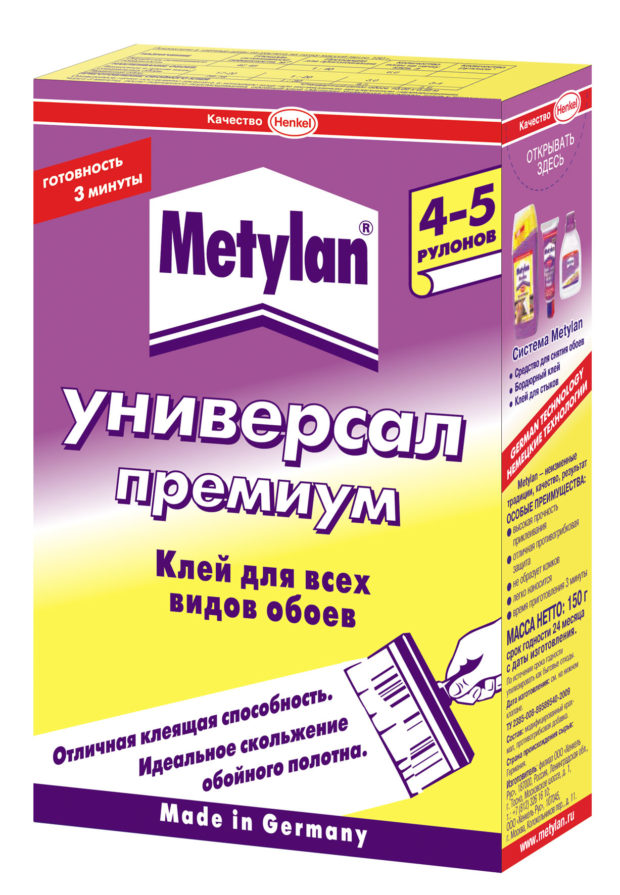
Let's take a look at some of the popular formulations of adhesives found on store shelves:
- universal PVA is widely used in renovation and finishing works, suitable for gluing paper and vinyl wallpaper. The composition is distinguished by decent frost resistance, moisture resistance, adhesion and fire safety. There are no toxic substances in the composition, so the glue is completely safe;
- Bustilate consists of CMC, latex, chalk, water and additives, it is white or grayish in color, but becomes transparent when dried. Moisture resistant, has good mobility, is fireproof, economical in consumption, does not give yellowness on the canvases, and is environmentally friendly. Ideal for paper wallpapers;
- drilling glue based on CMC is pinkish, odorless, environmentally friendly;
- glue for vinyl wallpaper is produced on the basis of MC, cheaper analogs are produced on the basis of CMC / CHP, but the result with them will be questionable. MC-based adhesives have excellent adhesion, frost resistance, penetrating ability, durability and repeated bonding;
- glue for non-woven wallpaper is applied to the wall, contains a large amount of antiseptic additives;
- glue for textile wallpaper and glass fiber has increased strength, the ability to resist moisture, is sold, as a rule, ready-made.
There is also a category of auxiliary adhesives:
- docking glue is used when gluing the edges of the sheets, as well as seams in places of breaks. The composition is white, after drying it becomes transparent, suitable for all types of wallpaper;
- acrylic border glue is used for mounting decorative border tapes on any base. The adhesive has high strength and at the same time provides good sliding, which makes it easy to fit.
However, there are still disputes about the expediency of using auxiliary formulations. The border can be glued with PVA glue or the same composition that was used when installing the wallpaper. The joints will not come off at all, if the wallpaper installation technology is not violated. As a last resort, you can glue them with a busylate, which will become transparent after drying.


